Change for Change Sake
- Char
- May 6, 2020
- 2 min read
Is it Change Management or Management of Change?
Management of Change deals with processes and systems, or the technological aspects of change. An example here would be software, where new versions are always on the horizon. There is a lot of work in the background prior to its release—if this was not the case, think of the potential (dire) consequences to consumers if it was not thoroughly tested!
Change Management considers the people, i.e., behaviours and attitudes towards change. This can be through training, new, or revised procedures and a 360° ‘buy-in’ of all cohorts.
Where does change come from?
The definition of change goes something like—a transition from one state to another—doing something different to what is currently being done. This could be a process in a manufacturing plant or how we communicate in a training environment.
Some of these changes will come from observation and review of the current environment whereas some may be regulatory. Therefore, in some cases, you will have a choice based on information gained from reviews, and what other people are doing (perhaps best practices have been improved) … and some are essentially enforced. Either way, you will need to be prepared for change.
The Process of Change
A simple change process can be summarised as—
Prepare
Manage
Review and improve.
The first phase would typically involve a risk assessment, which starts with the question ‘why change?’.
Change for the sake of change. Would you do it?
A risk assessment will look at this question as well as many more as identified in the scope of the prospective change. Questions like, ‘how big’, ‘who are affected’, ‘what will the impact be on current operations’ and ‘are we ready for this now’?
Once the change has been approved, it can then be change/project managed into the company. This will involve effective communication and sponsorship from the appropriate levels of management. Sponsorship, where embraced, will provide a sound mechanism for guidance and coaching of supervisors and employees on the change. Training will also provide the required knowledge, skills and behaviours required for the change.
The final phase would look at the impact of the change (and management) with a view to what barriers may still exist (system or personnel) and what adjustments may be required. This is an important time to also recognise and celebrate milestones such as how quick the change was implemented.



Comentarios